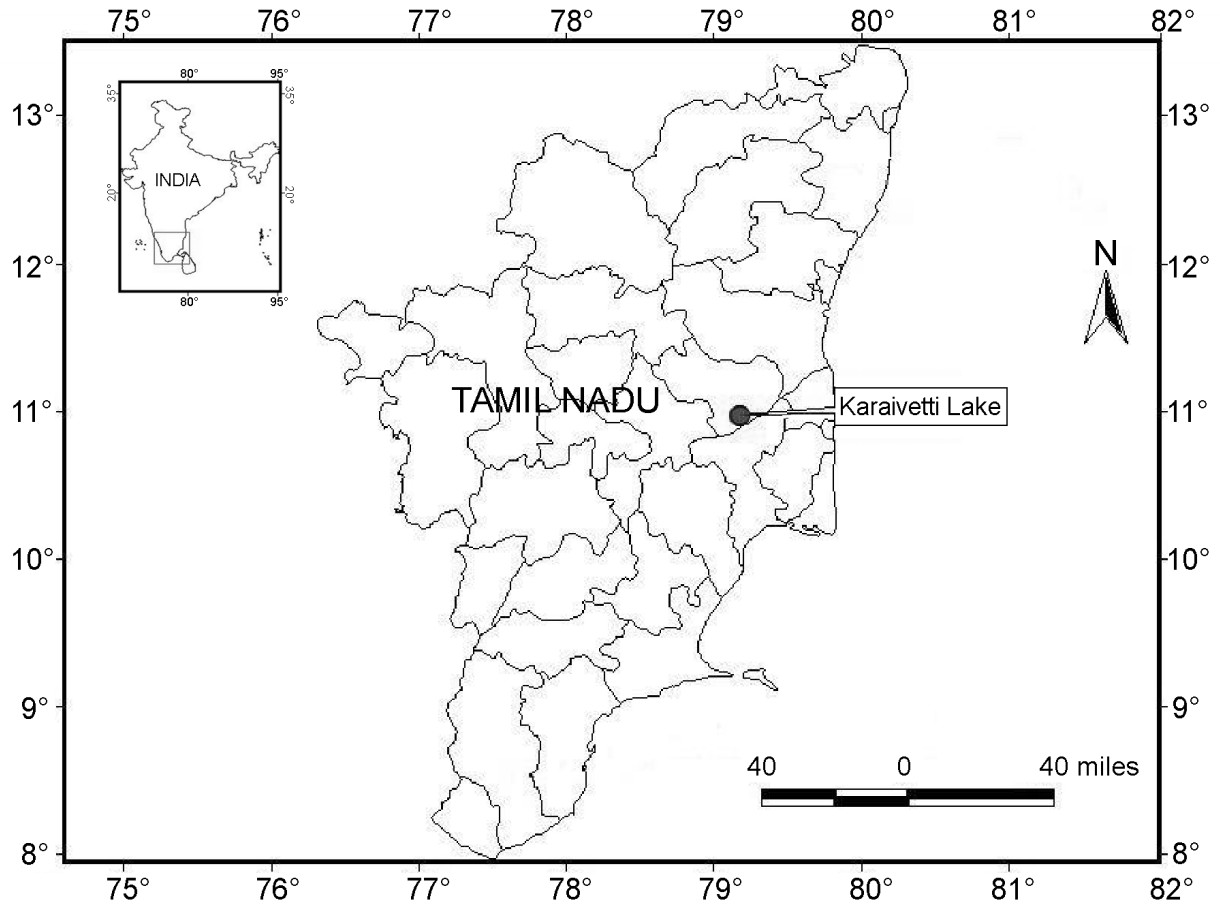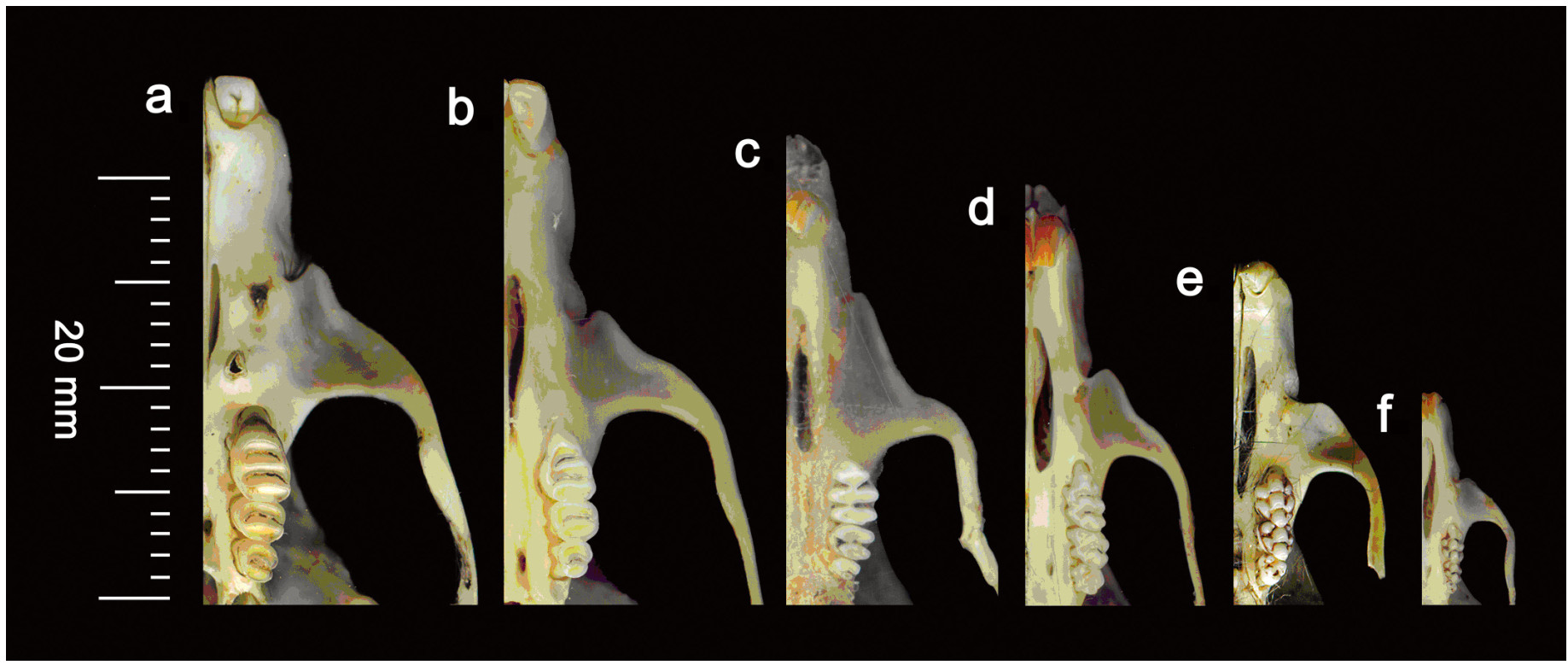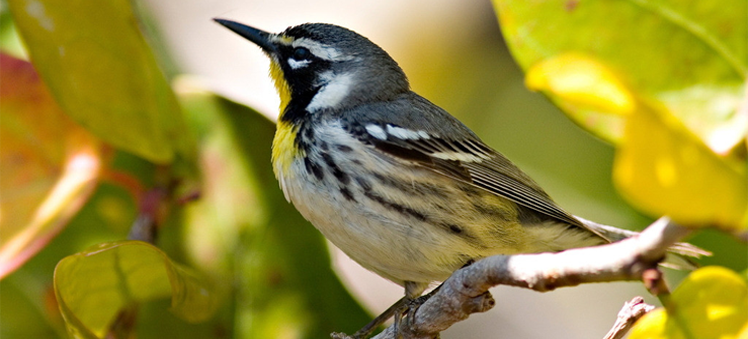2011 Vol. 2 No. 2
The Hainan Peacock Pheasant (Polyplectron katsumatae), the smallest allied species of somber forest peacock pheasants among the taxa of Polyplectron spp., is a rare tropical forest bird endemic to China, and distributed only in the mountainous region of central and southwestern Hainan Island dominated by evergreen broadleaf forests. By integrating references and unpublished data based on our field surveys, we presented information on species status, distribution and population, habitat and home range, breeding ecology and conservation of the Hainan Peacock Pheasant. Future investigation should focus on its life history traits in relation to vulnerability. Considering its limited distribution and small population size, it has recently been recognized as "Endangered" by the IUCN Red List to prevent loss of this island endemic.
The widespread Russet Sparrow is usually called Passer rutilans (Temminck). I have shown that this specific name was published on 31 December 1836, and that it is preceded by cinnamomeus, published by Gould on 8 April 1836. The species thus should be called Passer cinnamomeus (
The breeding biology of the Spot-billed Pelican (Pelecanus philippensis) was investigated from September 2007 to September 2010 in Karaivetti Lake, Tamil Nadu, India. The Spot-billed Pelican breeds between November and April at the Karaivetti Lake. It also breeds roughly during the same period at other breeding sites in Tamil Nadu, except for the Vedanthangal and Karikili bird sanctuaries, where pelicans arrives much earlier and their breeding activities start and end to some extent ahead of the other sites, i.e., from September to March. In essence, the breeding season starts after the onset of the northeast monsoon in Tamil Nadu. A few days after their arrival, pelicans perform courtship display, form pairs, start nest construction and lay eggs. Courtship display is not as attractive and impressive as in other waterbirds. The clutch size varies from two to three eggs and the incubation period from 25 to 36 days. The fledging period varies from a minimum of 90 to a maximum of 102 days. The nest success rate of the Spot-billed Pelican at Karaivetti was 90.28% during the study period.
We assessed habitat preference and population status of the Sichuan Jay (Perisoreus internigrans), a poorly known Chinese endemic bird, at two sites (Zhuoni and Jiuzhaigou) in the Qinghai-Tibetan plateau between 2001 and 2004. Mean group size was 3.8 jays. Each group occupied a mean home range of 42.0 ha during the breeding season, and the mean internest distance was 2.7 km. These data indicated that the jays used less than ten percent of the available habitats and occurred at an overall density of only 0.6 jays per km2. Radio-tracked Sichuan Jays had a strong preference for mature montane coniferous forests and avoided areas dominated by shrubs, while the utilization of young conifers, grassland, and human residential habitat types did not differ significantly from the values expected from the home-range availabilities of these habitats generally.
The Malayan Night Heron (Gorsachius melanolophus) inhabits a range of tropical and subtropical zones in South, Southeast and East Asia. As this heron breeds singularly in dense forests, its detailed ecology is not well known and only piecemeal information on its diet is available. Thus, we quantitatively estimated its diet menu with an analysis of pellets and stomach contents in the subtropical Yaeyama Islands of southern Japan. The results showed that the heron frequently foraged on land snails, arachnids, freshwater crabs and insects; no fish were detected. Although the earthworm was believed to be a primary dietary source of this species, it was not detected in our results, as it does not remain in pellets due to its high digestibility. This indicated that this bird dominantly depends on soil animals that inhabit humid forest floors. While the heron does not directly utilize aquatic habitats, they likely prefer moist forests caused by watery environments such as streams and swamps. Wet forests should be conserved for maintaining populations of this heron species.
Barn Owl (Tyto alba) pellets were collected from nine locations and two districts of Sindh, Pakistan and 937 prey items were recovered from 619 pellets. Rats/mice (59.6%) were the most dominant food items consumed by the Barn Owl. Shrews (22.3%), bats (1.3%), birds (12.0%), insects (1.3%), frogs (2.2%) and plant materials (1.3%) were found in their diet as well. Study of the pelvic girdle bones of rats/mice, used only for sexing, proved to be a useful device in population dynamics. In the pelvic bone, pelvic symphysis is found only in female rats/mice developed as a result of sex hormones that occur during gestation. Among the diet of rats/mice, males were found to be significantly dominant. Tooth wear patterns on the occlusal surfaces of molariform teeth of the rats/mice were found to provide an effective criterion for establishing age classes of rats/mice. In the present study, adult rats/mice were found to be dominant over sub-adults and old adults. ANOVA showed significant differences in the number of rats/mice and shrews (prey items) and the other prey items/plant materials in the diet of Barn Owls in the district Thatta and district Karachi. Chi-square test disclosed non-significant differences in age and sex categories.
Sex-biased dispersal, in which individuals of one sex tend to disperse and breed at a greater distance from their natal site than individuals of the opposite sex, appears to be common in vertebrate organisms and is very important to population structures and dynamics. Many studies have documented the dispersal patterns of monogamous birds; however, observations and data are few for polygynous birds. In our study, we report on the indication of sex-biased dispersal in Elliot's Pheasant (Syrmaticus ellioti), a vulnerable species endemic to China, using polymorphic DNA microsatellite loci (105 individual birds and seven loci) and mitochondrial DNA control-region sequences (63 birds). Contrary to the traditional concept that males are the more philopatric sex and females the more dispersing sex in birds, all the genetic information extracted from the two markers suggests that male-biased dispersal is predominant in Elliot's Pheasant. We argue that polygynous species in Galliformes without lekking behavior are more likely to exhibit male-biased dispersal patterns, consistent with the expected results based on the polygynous mating system of Elliot's Pheasant.
Reintroduction of captive-bred animals into suitable habitats is an important technique for the long-term conservation and recovery of populations of endangered species in fragmented landscapes. Inbreeding depression is an inherent risk when using captive populations for reintroduction programs and needs to be carefully assessed prior to reintroduction. In this study, we evaluated inbreeding levels within a captive breeding program and one remnant wild population of Cabot's Tragopan (Tragopan caboti), an endangered pheasant species endemic to China, for which reintroduction is now an essential conservation strategy for long-term population persistence. Fifteen highly polymorphic microsatellite loci were developed to genotype individuals. Inbreeding coefficients (FIS) reveal that there is no evidence of inbreeding within the Tragopan Breeding Center of Beijing Normal University (TBCBNU) captive population and the remnant population from the Wuyi-Yandang Mountains. Diversity of origin, large founder population size and a rational breeding strategy are the most critical factors preventing inbreeding depression within the TBCBNU captive population. We suggest that the TBCBNU population is a suitable candidate stock for T. caboti reintroduction programs and that there is an urgent need to better coordinate and strengthen reproduction management of captive T. caboti populations to sustain the long-term ex situ conservation of the species.



 [Abstract]
[Abstract] [HTML]
[HTML] [PDF
[PDF 











 Email Alerts
Email Alerts RSS Feeds
RSS Feeds